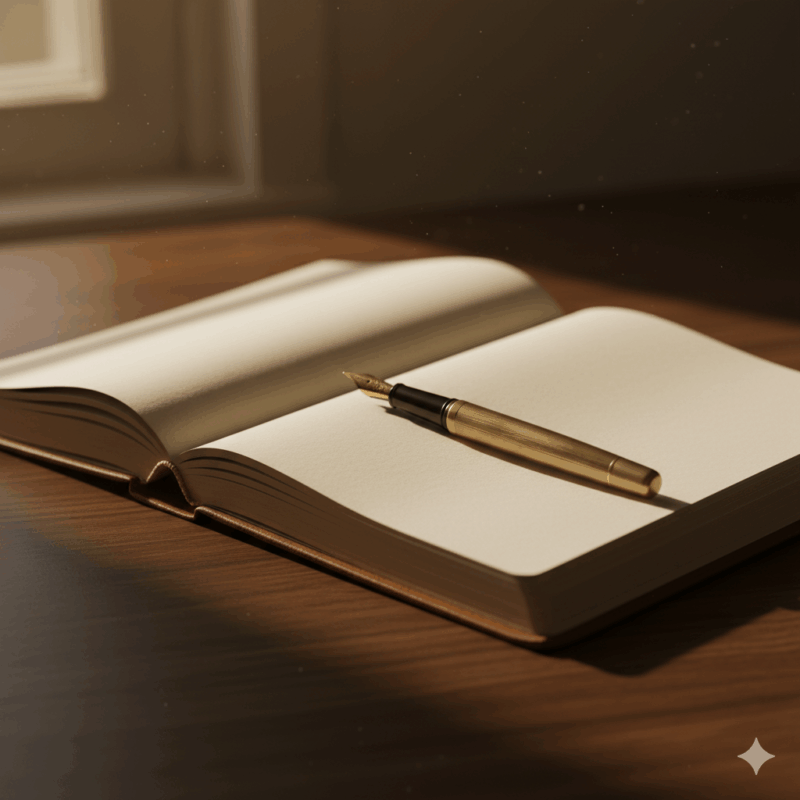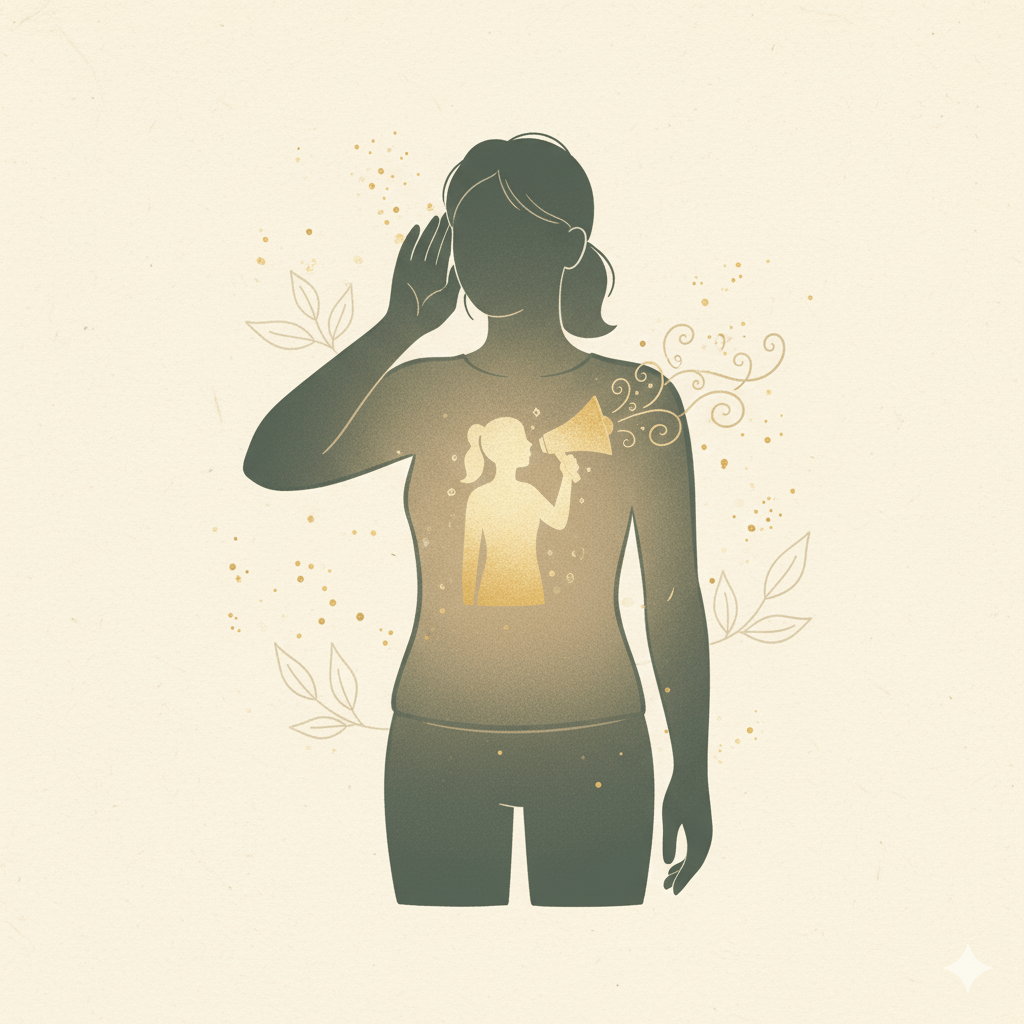Read time: 7 minutes
Quick Summary:
Learn how to build habits that actually stick by using simple environment design. Willpower fades, but your surroundings don’t — these 7 visual triggers make good habits automatic so you act on intention, not motivation.
You know what’s easier than forcing yourself to go to the gym at 6 AM?
Making it harder NOT to go.

Here’s the truth most productivity advice won’t tell you: willpower is overrated. It’s a finite resource that drains throughout the day. By evening, you’ve used it all up deciding what to eat, whether to reply to that email, and if you really need another coffee.
But your environment? That’s working 24/7, whether you realise it or not.
The trainers you have to step over. The water bottle staring at you. The journal that’s already open on the counter. These aren’t just reminders – they’re decision-makers. They make the healthy choice the easiest choice, before your brain has time to negotiate.
This is called environment design, and it beats willpower every single time.
Research backs this up. Behavioural scientist James Clear calls it “choice architecture” – structuring your space so good decisions become automatic. Your brain defaults to what’s easiest. So make the right choice the lazy choice.
Here are 7 science-backed visual habit triggers you can set up tonight that’ll change tomorrow morning.
Why Environment Design Works When Motivation Fails
The reason environment design is so powerful? It bypasses the emotional battle entirely.
When your trainers are by the bed, you don’t have to:
- Talk yourself into going to the gym
- Feel motivated
- Overcome resistance
- Win an internal argument
You just… see them. Move them. And suddenly you’re halfway to putting them on.
Environment design turns willpower battles into automatic responses. No negotiation required. It makes habits non-negotiable by removing the part where you have to decide. (Learn more about why motivation fails and what to do instead)
Instead of asking “Should I go to the gym?”, your environment makes you ask “What would someone who values their health do?”
You’re not forcing behaviour. You’re designing an environment where the person you want to be shows up automatically.
7 Visual Habit Triggers That Make Habits Automatic
1. Trainers by the Bed (Literally Touching Your Feet When You Wake)

Place your gym shoes right where your feet land when you get out of bed. You have to physically move them to avoid them, and that split-second reminder beats any pep talk.
Bonus level: Put your full workout outfit on top of the shoes. Socks, everything. Now you’re not just thinking about the gym – you’re holding the evidence of your commitment.
2. Water Bottle on Your Nightstand (Before You Check Your Phone)
Fill it before bed and place it beside your phone. Don’t touch your phone until the water’s gone. This one shift changes your morning focus instantly.
Research from Princeton University shows that visual clutter and competing stimuli tire out your brain’s cognitive functions – but a single, obvious prompt (like that water bottle) cuts through the noise.
3. Journal and Pen on the Kitchen Counter (Not Hidden in a Drawer)
Leave it open beside your kettle or coffee machine. Writing something small daily anchors calm and intention.
4. Medication or Supplements Next to Your Toothbrush
Stack the habit with brushing teeth — it’s already part of your autopilot.
5. Healthy Snacks at Eye Level, Junk Food in the Back (Or Gone)
You eat what you see. Make the good choice visible, the bad choice invisible. You’re not banning anything — you’re just making yourself pause long enough to ask: “Do I actually want this, or is it just easy?”
6. Book on Your Pillow (Not Your Phone on the Nightstand)
Place your book where your head will land tonight. You’ll move it — and that movement reminds you to read.

7. Pre-Packed Gym Bag by the Door (Ready to Grab and Go)
Pack it the night before. Seeing it makes skipping feel harder than showing up.
The Science Behind Environment Design and Habit Formation
This isn’t motivational fluff — it’s behavioural science.
According to a 2023 study in the European Journal of Behavioural Science, participants who used visual cues increased daily habit consistency by 37% compared to those relying on motivation alone.
(Source: European Journal of Behavioural Science, 2023)
Stanford researcher BJ Fogg’s Behaviour Model shows that behaviour happens when motivation, ability, and a prompt converge. Your environment provides both ability and prompt. James Clear calls this ‘choice architecture’ — designing your space so good choices become the default.
(Source: BJ Fogg, Stanford Behaviour Design Lab)
The NHS Better Health programme in the UK also highlights that “small environmental changes can significantly improve health behaviour consistency,” especially when visual cues support automatic routines.
(Source: NHS Better Health)
In simpler terms: your brain is loyal to the easiest option — so make ‘easy’ and ‘healthy’ the same thing.
Common Mistakes When Building Habits (And How to Avoid Them)
- Too many cues at once — start small.
- Cues that blend in — they lose power. Rotate or refresh them.
- Ignoring cues when stressed — that’s still awareness. Reset and continue.
- Forgetting to reset — the cue only works if it’s ready tomorrow.
Bonus: make bad habits invisible. Delete distracting apps, move snacks out of sight, make rest easier to reach.
Mr Critic Moment

Oh sure, you’ll set all that up… until you’re tired tomorrow and forget.”
— Mr Critic, sipping tea and pretending not to care
That’s the voice that mistakes planning for perfection. It wants certainty before action. But you don’t need perfect, just visible. Your environment doesn’t judge; it reminds. Every time you reset one cue, you’re already proving him wrong.
How to Start Building Habits Using Environment Design
Pick ONE cue tonight — shoes, journal, or water bottle. Start small. One visual trigger is enough to shift momentum.
You’re not lazy. Your environment just isn’t working for you yet. Change your surroundings and your actions will follow.
Want to track which triggers are working? Use our simple habit tracker to see your progress without overthinking it.
3 Actions You Can Take Today
- Put one habit trigger in place tonight — just one (e.g., trainers by bed).
- Reset your cue after use tomorrow morning.
- Notice how your environment influences one decision today.
Everyday Mastery Steps You Can Take Now
These aren’t huge changes. They’re quiet tweaks that make your best self easier to find.
- Start with sight. What’s the first thing you see in the morning? Make it something that supports who you’re becoming.
- Respect friction. Remove friction from what helps, add it to what hurts.
- Reset daily. Re-create tomorrow’s cues each evening. It’s your invisible commitment to yourself.

You don’t rise to the level of your goals. You fall to the level of your systems.
If you found this useful, join the Everyday Mastery Newsletter — calm, science-backed steps that make life feel lighter and more consistent.
Want to track your progress? Try the Non-Negotiable Habit Tracker.
Reflective question: What’s one small change you could make tonight that your future self will thank you for?

Journaling Prompts:
What habit cue in your environment already helps you without you realising it?
Which one small change could you make tonight to make tomorrow easier?
How does your space reflect the version of you you’re becoming?
About Everyday Mastery
Everyday Mastery blends science, mindfulness, and small daily actions to help you build habits that last. We believe change happens through understanding, not force—and that sustainable growth is built one conscious choice at a time.
Found this helpful? You can buy me a coffee to support more writing like this. Every cup helps me keep creating resources
Kel is the writer behind Everyday Mastery, where she shares the real, messy, and meaningful process of building habits, resilience, and self-belief from the ground up. Her writing blends ancient philosophy with modern science, always focused on small, practical steps that lead to lasting





